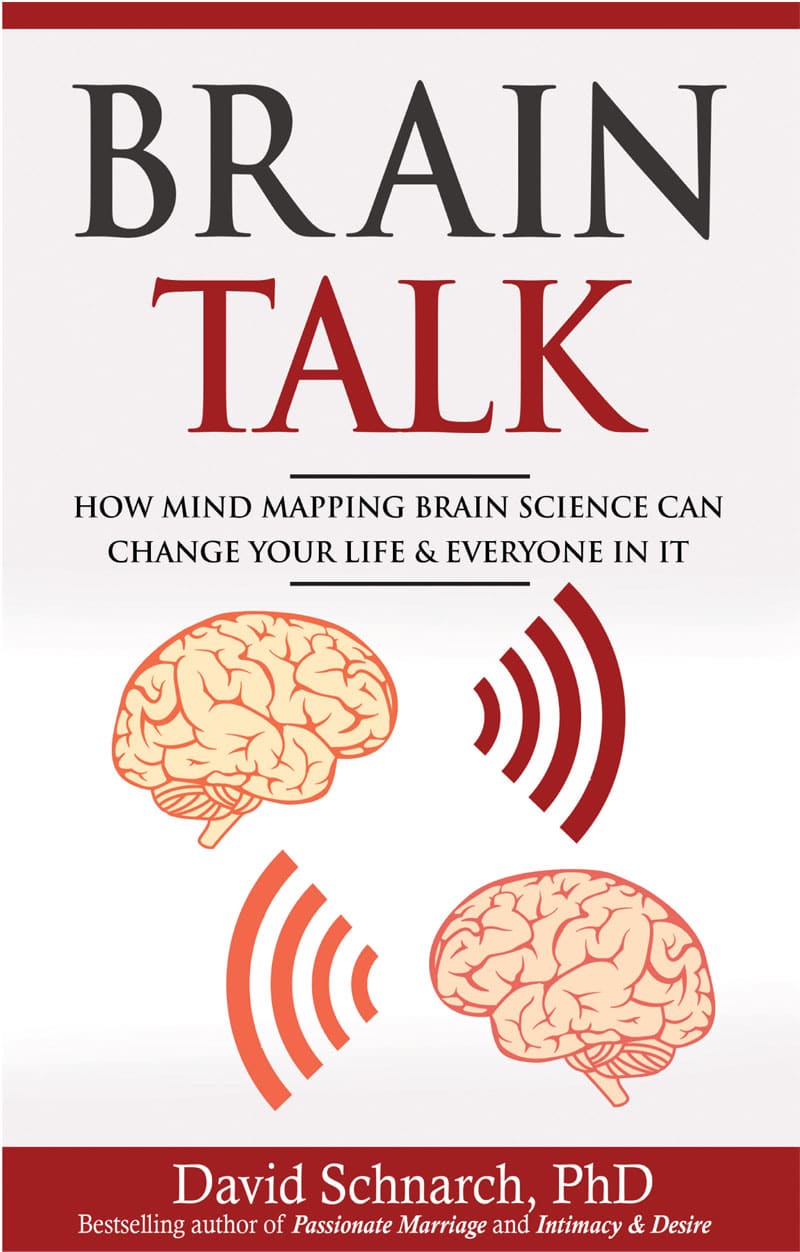Brain Talk has a textbook-type Index offering granular access to the brain science and therapy details contained within it. Below is an illustrative sample. The Index contains copious entries covering every aspect of the book. This sample highlights one of the Index’s strong points:
Whereas the Table of Contents organizes Brain Talk for the general public, the Index does the same for mental health professionals. The Index is organized around Crucible Neurobiological Therapy, its methods, important ideas, and theoretical underpinnings.
eBook versions (Standard and Professional) of Brain Talk have hyperlinked Indexes that take you right to the main text. This greatly facilitates pursuing particular topics of interest as they surface throughout the book. It’s as simple as touching the screen of your reading device or clicking your mouse.
From The Index
Crucible® 4 Points of Balance287, 375
1st Point: Solid Flexible Self287
2nd Point: Quiet Mind & Calm Heart287
3rd Point: Grounded Responding287
4th Point: Meaningful Endurance287
Crucible® Neurobiological Therapy177, 186, 213, 331, 342, 389, 393, 398, 401
Considerations for more effective therapy396
Focus on inner experience398
Insight is not enough397
Role of the therapist417
Treating traumatic mind mapping and disgust reactions385, 393
anterior insula and disgust385
exploit the IFO (anterior insula)402
synchronize implicit and explicit memory399
Crucible® Neurobiological Therapy, methods214, 223, 264, 397, 404, 409, 410, 415, 418
Detecting159
antisocial empathy143
holes in autobiographical memory351
holes in mind mapping radar173, 247
mind–mapping ability189, 190
mind–masking ability193
Dialogs409
aspects of CNT written dialogs 410
mental dialogs with antagonist264, 271, 426
written dialogs with antagonist271,409
Intensity of sessions
bang your head against the wall until the wall moves232
high arousal and “safe emergencies”423
posttraumatic growth427
window of tolerance425
Interpersonal domain256
6 points for dealing with antagonist416
10 points for dealing with interpersonal moves281
analyze audio and video recordings262
analyze correspondence259
cross–reference memories of traumatic events256
increase differentiation416
make “gold standard” responses290
modify current relationship with antagonist415
Memory reintegration406
facilitate SAM to VAM processing404
resolve trauma impact on SAM to VAM processing401
symptoms of SAM to VAM processing426
Neuroplastic activities
aspects of CNT conjoint neuroplastic activities415
conjoint neuroplastic activities412
Eyes–Open Sex and Orgasms311, 398, 413
Heads on Pillows310, 398, 410 /span>
Hugging ‘till Relaxed309, 398, 410
self-regulation during contact with partner412
Psychophysiology
heart rate variability biofeedback412
in-session psychophysiological monitoring412
Role of the therapist in CNT234
CNT therapist activities418
use your left brain to corner your right brain234
Solutions for resistant problems227
Visualization techniques232, 389
aspects of CNT visualization activities409
envision your child in your situation231
guided imagery format407
see the setting216
shift to a third–person view229
targeted mind mapping214
watch the action unfold218
Crucible® Therapy (differentiation-based)398, 417, 424, 430
« Brain Talk – Professional Edition Brain Talk – From the Introduction »


